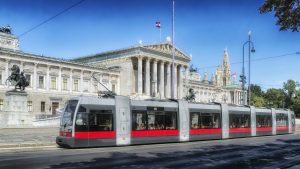Public transits have become increasingly successful since their start and thousands of people started using them for their movement. With growing population, the demands of public transportation has also raised to a great extent. But this rise in demand has resulted in certain problems for the transit system itself and thus it would be not wrong to call this system as the victim of its own success.
The life of the user of public transport is ruined because of long waiting lines, late arrival of these transports and the unreliability of this system. As a result, most of the daily users started giving up using this transit system and switched to other alternatives that seem better to them.
According to certain studies, consistent travel times are more valued by the users as compared to shorter travel times.
Reliability of customers is very important for public transit but it is getting more and more difficult to determine the factors that are important for this reliability.

There are several factors that adversely affect the public transit system. The options of transit systems available today as an option are getting unreliable day by day. Some of the reasons of this unreliability are:
- Inaccurate arrival information provided the travel apps.
- Consistent late arrival.
- Heavy crowd in the subways that it is difficult to find a seat and even boarding gets difficult sometimes.
According to studies, the main reason behind the switch of daily users to other options is the unpredictability of public transit. Late arrival of these transits also makes people to switch to other options that are available to them on time.
These studies leave a lesson for the public transit system to improve their quality of service and become more unfailing so that people need not switch to other alternatives. The main focus of these transits must be to overcome form the inconveniencies. When the public transit starts considering these problems and work on their improvement, it is more likely for the people to switch back to the ever famous mode of transit.